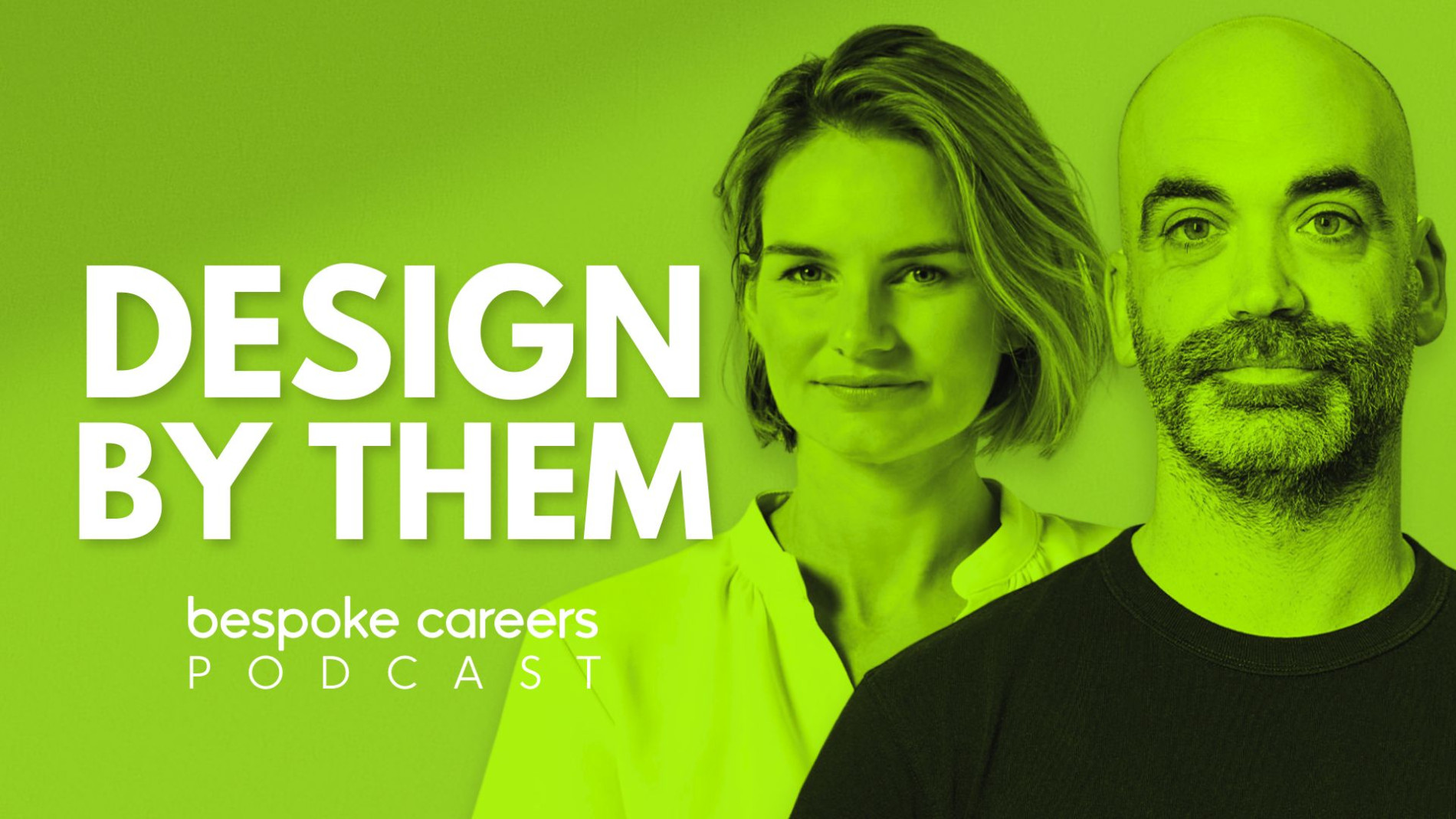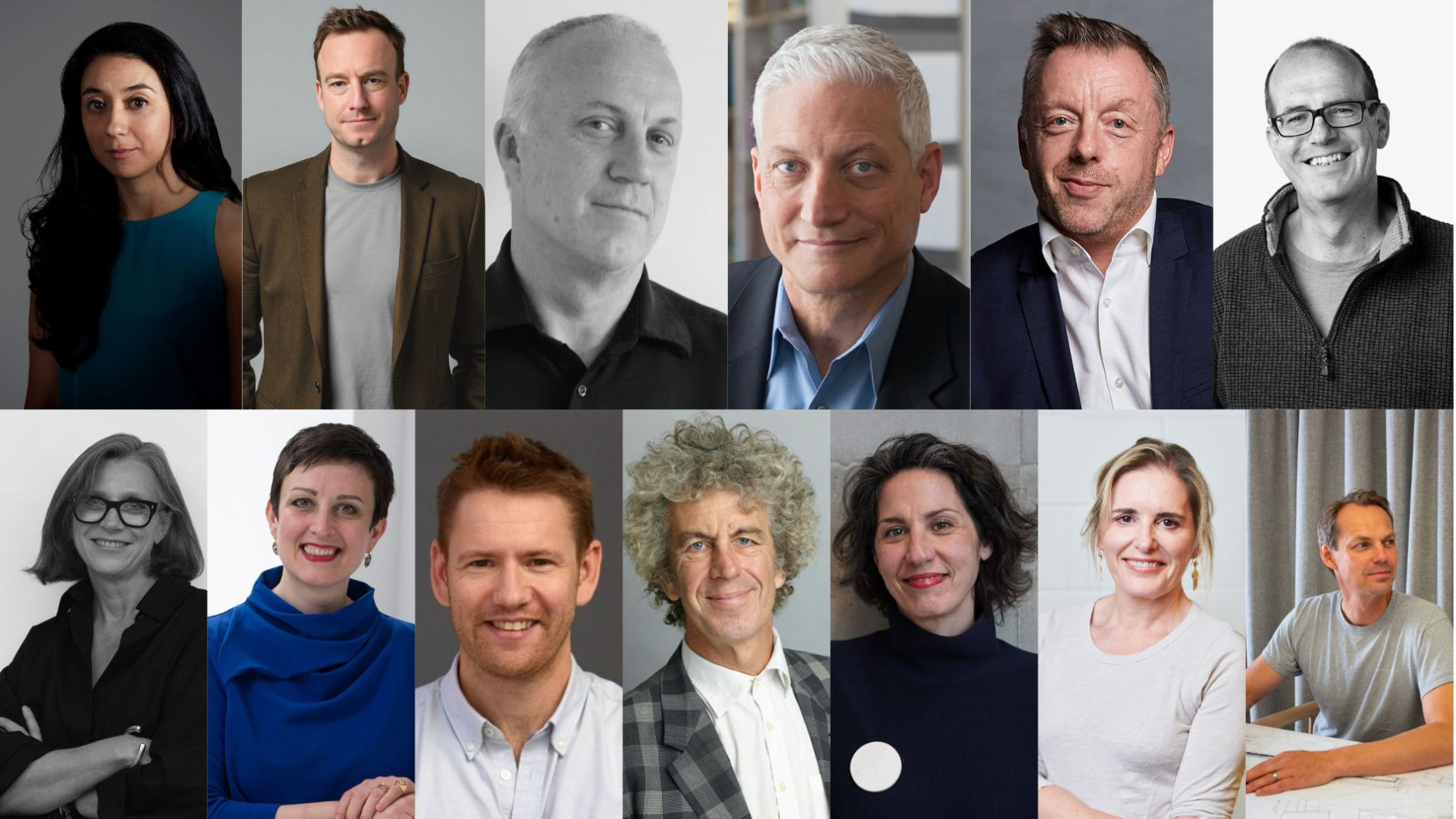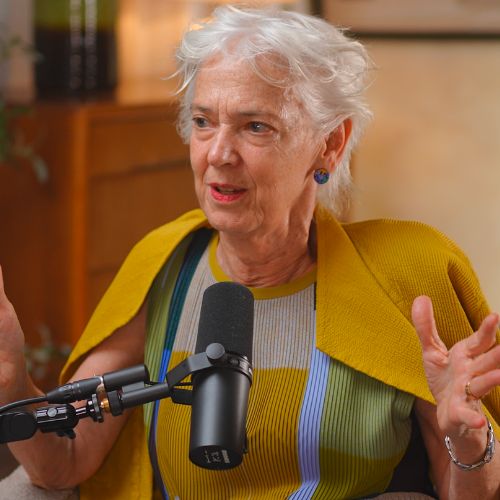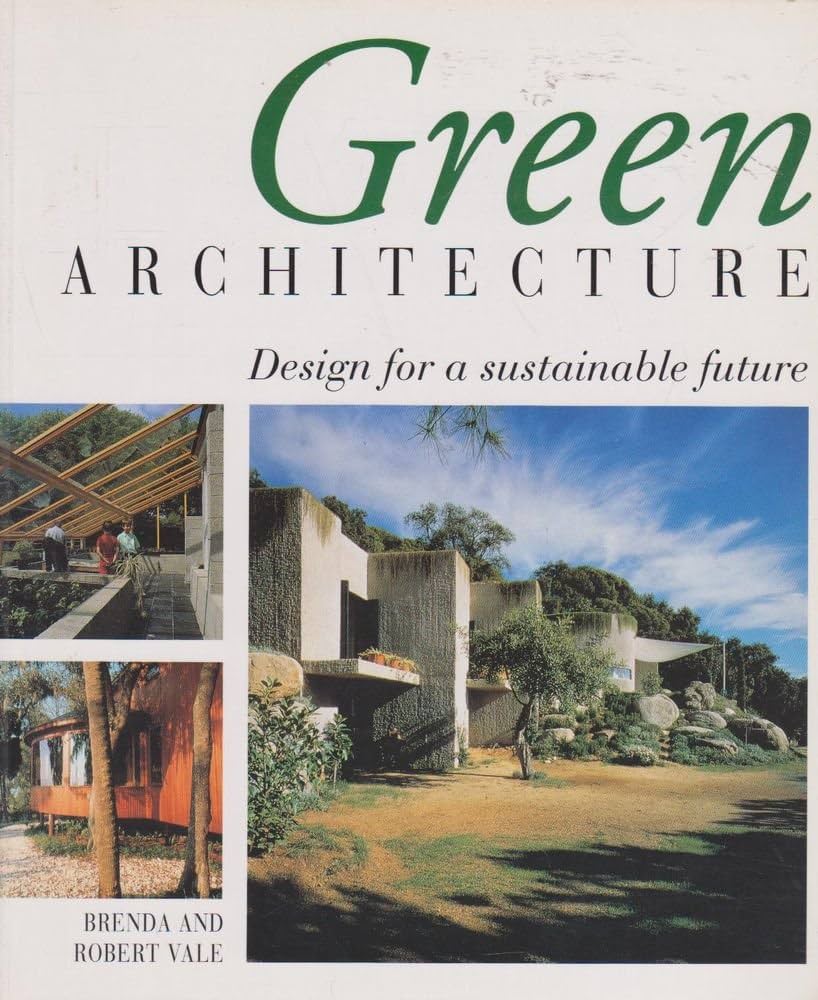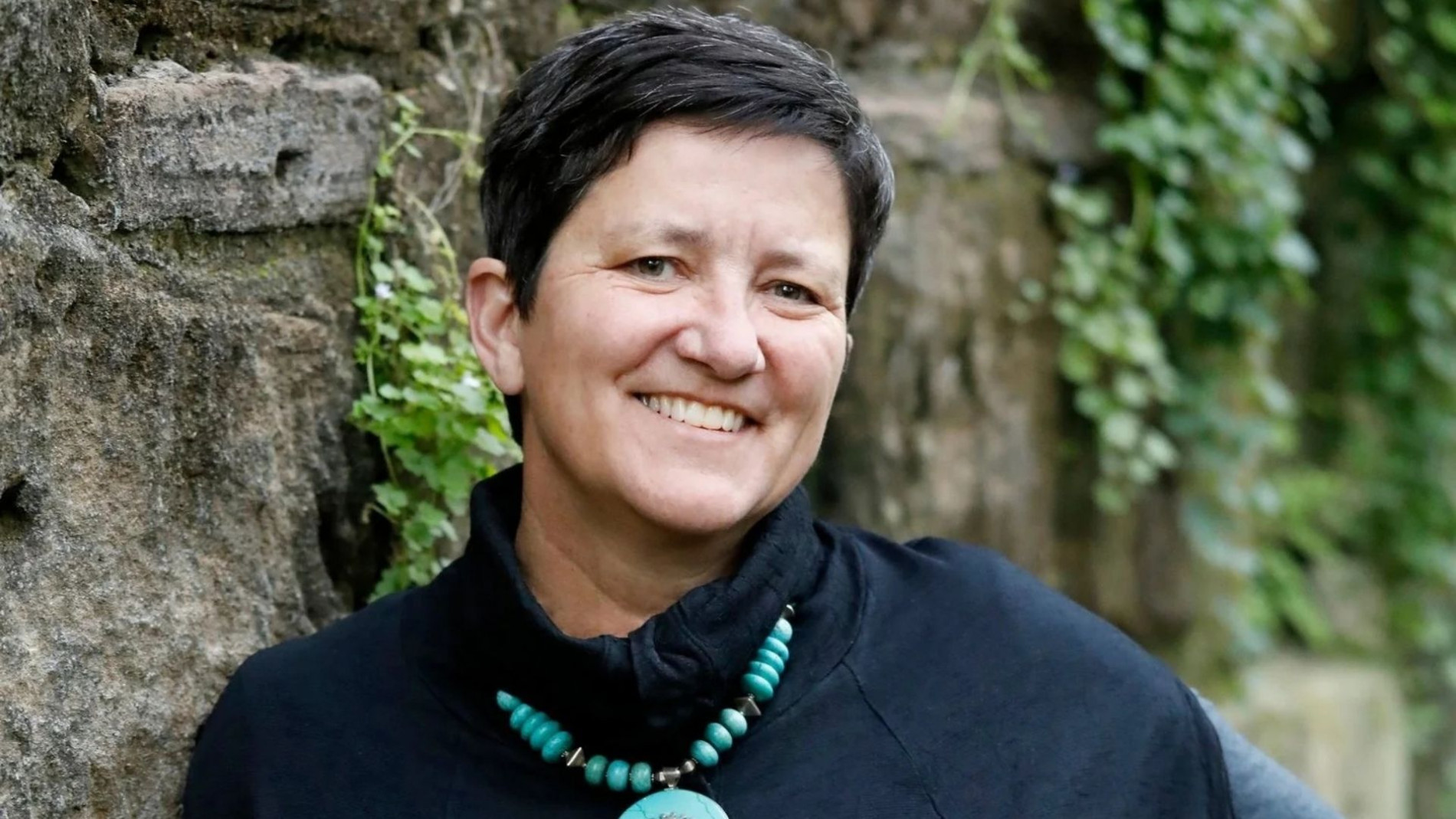
Caroline Pidcock: “Start with yourself, then persuade others”
Caroline Pidcock on moving from sustainable to regenerative design, cutting embodied carbon through reuse, and the skills practices need now.
As part of the Bespoke Careers State of Sustainability in Architecture and Design 2025 Report and Handbook, Editor Hattie Hartman sat down with six pioneers leading the space.
Caroline Pidcock has run her own practice, PIDCOCK, for more than 30 years and has built her career as a leading champion of green design in Australia through widespread industry engagement. She is currently co-chair of the Australian Institute of Architects (AIA) National Climate Action. She chairs industry events and juries and teaches and lectures widely. Since 2018, she has focused primarily on regenerative design.
Where did you train as an architect, and to what extent did sustainable design figure into your education?
CP: I studied at the University of Sydney. Sustainability wasn’t called that back then. But when I think back, the people I studied with were very sustainable.
In 50 words or less, what’s your elevator pitch of what sustainable design means to you?
CP: I’ve moved on from sustainable to regenerative. Architects are uniquely trained to understand the complexities of systems and help realise the potential for all parts of that system to thrive together, which is what I think regenerative design is about.
You were recently involved in the launch of the Australian Institute of Architects Architecture Industry Decarbonisation report. Can you share the key headlines from that report?
CP: There’s a big piece of work building literacy about embodied carbon in buildings. We’ve been looking more broadly at regenerative design, and carbon is just one lens, but we’ve got to do that triage right now before we worry about everything else.
The biggest reductions in carbon, particularly embodied carbon, come by not designing a new building, but by using existing buildings, and by building smaller, leaner, smarter structures, and only then doing material substitution.
Was there a light bulb moment when you became really switched on to this topic of architecture and climate change?
CP: I started my own practice in 1992 when there was a recession here, and I took a business course which required me to do a business plan. One question in that business plan was ‘What’s your unique selling point? Why is anyone going to come to you rather than the architect down the road?’
I thought about it for months, and I still remember walking into a Sydney bookshop and seeing Robert and Brenda Vale’s book, Green Architecture. I pulled it off the shelf and read it that night, literally cover to cover and I knew, ‘This is what I’m going to do.’
87% of architects and designers feel that they have to compromise their sustainability values at work. Does this surprise you?
CP: No, I live in a sustainability, regenerative design bubble, but I’m still shocked. I keep seeing architects being very facile around what green architecture is. ‘Oh, we’ve got renewable energy, we’ve got a few PV panels. We’re buying green energy.’
I’m moving to a place called Dungog, which has just experienced terrible floods. Down in Victoria and South Australia, they’re in terrible drought with animals dying, no food production. There’s algae bloom off the coast of Adelaide, which is killing all the marine life. We need to seriously and drastically reduce.
From our survey, only 10% of architects and designers feel their firm’s public sustainability messaging aligns with its actual practices. What’s your take on that?
CP: A lot of architects are trying to do good things but most work is still business as usual. Architects often say, ‘Oh, but the client wanted it this way.’ It’s our job to be persuasive, to bring them along on a journey that they didn’t even know they needed to go on.
Please describe a standout sustainable project that you’ve worked on recently.
CP: My favourite project I’ve worked on is a called First Steps Count (completed 2024), a child and community center in Taree in New South Wales. Last week, the Living Future Institute Australia awarded it a biophilic design award.
Back to our survey, 95% of professionals say that sustainable design is a factor when they’re considering job opportunities. 73% say it’s very important or a deal breaker when they’re looking at where to work. How does that relate to what you’re seeing?
CP: There are huge changes ahead. I don’t know how big practices are going to do it, but the value of what architects can offer at this time is critical, because we all still need to be housed. We still need buildings. How can we bring our talents to bear without building new, but create delightful, gorgeous spaces and make the most of what we already have?
What sort of sustainability upskilling do you think mid-career architects need?
CP: I would do a regenerative design course, because it shows you that there are other ways of thinking, being and doing in this world. Here in Australia, we have the oldest continuous living culture that deeply understands how to be at one with nature.
There’s also going to be a lot of carbon accounting stuff, so I’d skill up on how to model buildings and understand their whole life carbon.
The other thing architects really need to focus on is practical building skills; these are a really valuable asset.
From what you see, since you’ve had your own practice, how important are sustainability skills in hiring? Do you think practices hire in this expertise if an applicant can demonstrate particular skills or awareness?
CP: Many practices are going to need whole life carbon analysis because that’s going to be legislated. Practices that don’t know how to do that will need to skill up really quickly. If I were a young person, I’d be getting in on that, even if your passion is regenerative design. That will be a great service you can bring to people really quickly.
The other skill is to be able to think creatively. In regenerative design, systems thinking is where we need to be which is why I think architecture is pretty good, because it does that in a funny way.
What would a perfect candidate job applicant look like from a sustainability perspective?
CP: It would be someone was who is open and interested in learning because it’s not a tick box exercise. It’s requires understanding each project differently. In a team, you need a diverse group of people with different skills and approaches.
Most firms, most practices now, at least say that they care about sustainability. What’s one actionable step that could be implemented tomorrow to embed sustainable design more into the hiring process?
CP: If I were employing someone now, I’d be asking, ‘What sort of future do you want to be in and help create?’ I’d go big picture rather than detailed.
Amongst colleagues and young people coming into the profession, do you see an increased appetite for addressing the climate emergency?
CP: There are some great people doing work on materials or teaching at universities and doing challenging studios that are really upsetting the apple cart. Students are hungry for this. At the University of Newcastle, where I’ve just become adjunct professor of practice, they’re really pushing the idea of country-led in design, which is about understanding the indigenous wisdom of a place and letting that lead the design.
This agenda has driven my life for the last 33 years: finding out what it is and how to make it happen, It’s about starting with yourself and then being able to meaningfully persuade others.
Sustainability is about maintaining the status quo, and it isn’t enough. We’ve actually got to restore and regenerate. And that’s a beautiful thing.

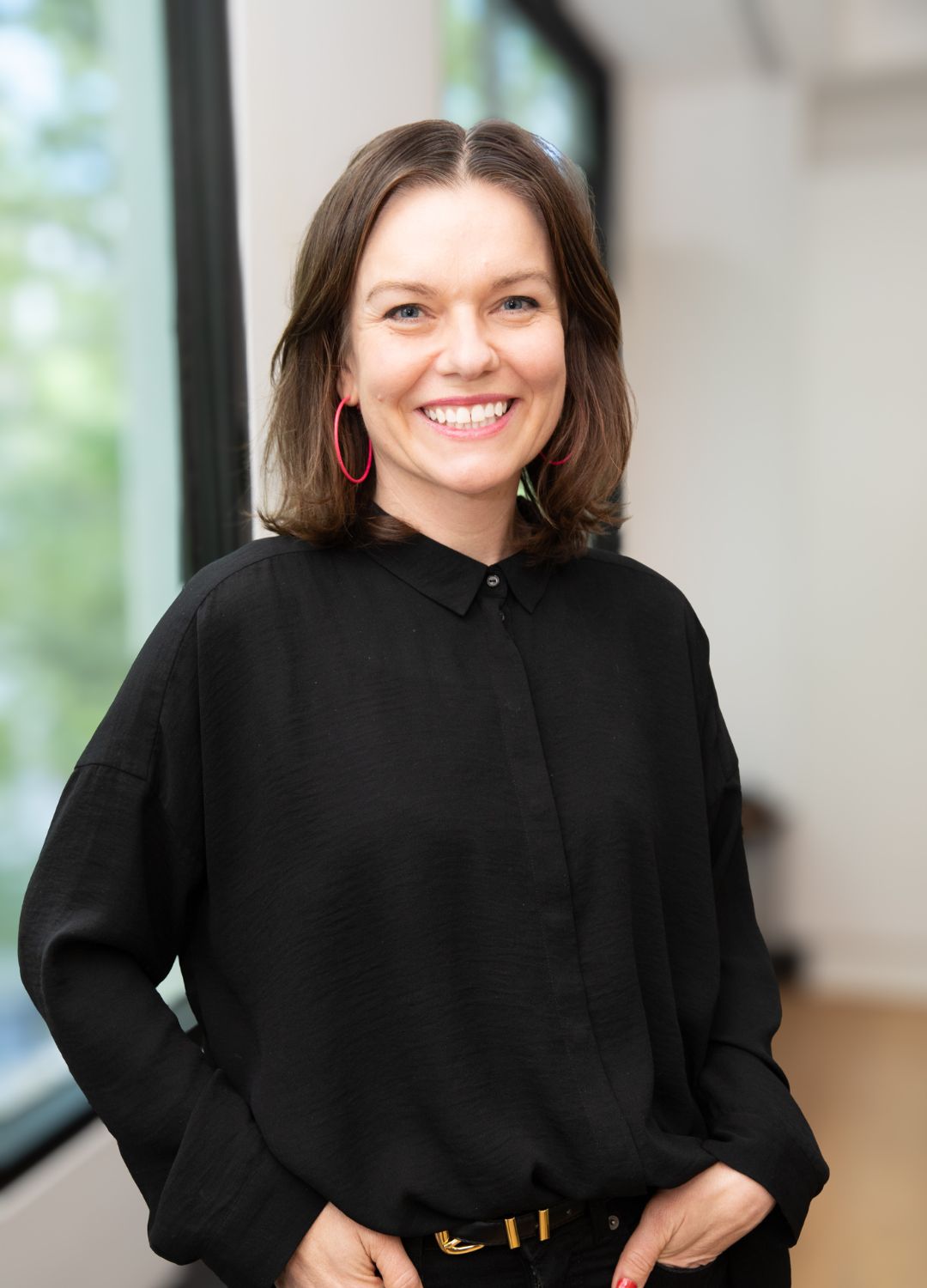
Looking to hire top talent
 or advance your career? Let's talk.
or advance your career? Let's talk.
We connect exceptional firms with talented professionals.
Let’s discuss how we can help you achieve your goals. Get in touch with the team today.
Related Posts

I reached out to leaders across architecture and design: principals, founders, innovators, educators, and visionaries who are actively shaping our field’s future to ask them this question.

